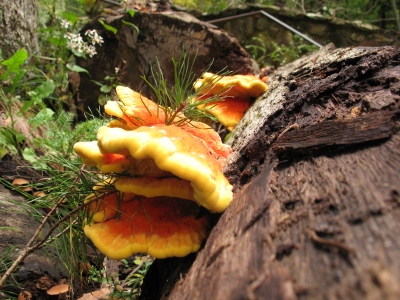Linda and I take walks.
Take? The walking gives itself to us. We talk, catch up on the hours, days sometimes. We list things that need to get done, places that must be gone, eroding detritus of stuff that clamors to be fixed. We laugh at the last cute thing Saul did, the cute thing he said that we’ve smiled at twenty times already. We discover small things along the path – what is the name of that little blue flower? – and rediscover things that have brought us small delights in the past. And we hope we burn up some calories and coax some blood to run its circuit a little faster.
Throughout the breeding season American Avocet pairs greet each other by rubbing along the length of their long recurved bills while the male drapes a wing over the female’s back. Cozy. Most birds that form lasting pairs, for a season or for life, have some sort of bonding display – preening, mock-feeding, a dance, aerobatics. Evolutionary biologists conjecture that these instinctive behaviors strengthen the pair-bond and increase the chance of reproductive success. More eggs, more chicks, more offspring successfully fledged. Survival.
Linda and I take walks.
. . . . .
Yesterday afternoon Linda and I walked Old Man’s Gorge in the Hocking Hills of southern Ohio. Over thirty years ago Linda’s Mom and Dad bought a little farm in the woods near there. It’s been close to twenty years since we last visited Old Man’s Cave. During that time the new trail markers, new bridges, steps, railings, everything has a moist green fuzz of moss, as if the three-hundred million year old blackhand sandstone has invited all things in the Gorge to appear as old is it does. Linda and I keep remarking to each other, “Was this here last time we came? I don’t recognize this stone wall, but it looks ancient.”
. . . . .
Overcast, damp, ten degrees cooler than its summit, the basin of Old Man Gorge just feels like Ohio. Maples have begun to turn color along the rim, but in the shade of the grand overhangs all hues become muted. The eroded walls are a hundred variations of gray and rock-green, a lichen wash of winter sky. The shades of our Ohio roots:
. . . . .
Twenty‑Three Grays
The first is crossing the Ohio into Marietta,
not the green river yearning west
but each of its scalloped reflections
like scales on a crappy, and at each ripple’s
lip a premonition of ice.
Next: passing the first car southbound
salt‑encrusted with two hundred miles
of I‑77 — what color is it really? A casual visitor
to this state still our home may claim
there is no color here, but doesn’t gray
enfold the possibility of every color?
Sky layered in bands dark and darker
preserving as in a comforter some memory,
warm purple; fingery hawthorn
and buckeye almost yellow; cattails
coyly pink; dark earth chocolate
between cream snowcrests —
all of them holding everything within.
In Canton the window eyes of Mercy
Hospital passing no judgement.
In Akron, the stone walls of Rockne’s,
frost like stale beer foam; peeling letters
at the exit sign: Peninsula/Hudson.
Geese in the ditch beside a Cape Cod;
rust‑gray girders where we drive beneath
tank cars, coal cars, and then the Turnpike
overpass. And as we reach your driveway,
rime, old tears the wipers can’t beat back.
Those who’ve never left here, do they notice?
And we who return, can we name
what comforts us? Only in his eighties
did your Dad’s hair surrender to the shades
of sky and winter fields, and now when I hold
you this close full of days recalled, stories
we=re sharing as if for the first time,
the good full color of Dad’s life now passed
fully into our hearts, I see in your hair thin streams
coalescing, bands of evening sky and highway,
winters we will hold together, and the springs.
© Bill Griffin. First appeared online in John Hoppenthaler’s Congeries at Connotation Press, June, 2011.
American Avocet — Recurvirostra americana
. . . . .
. . . . .
…………………





Leave a comment